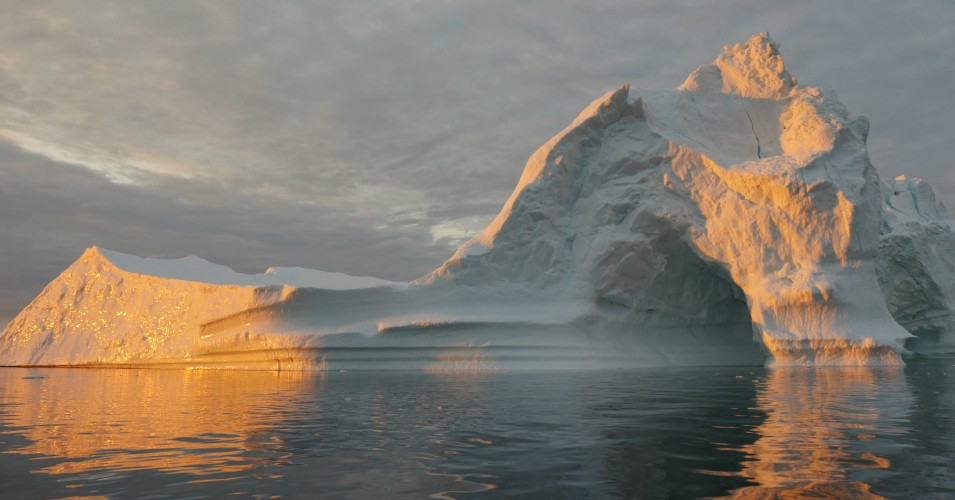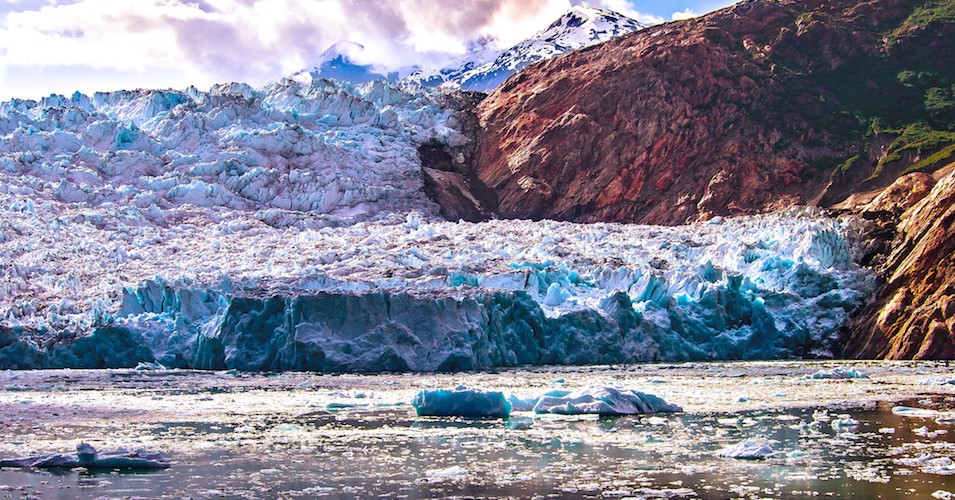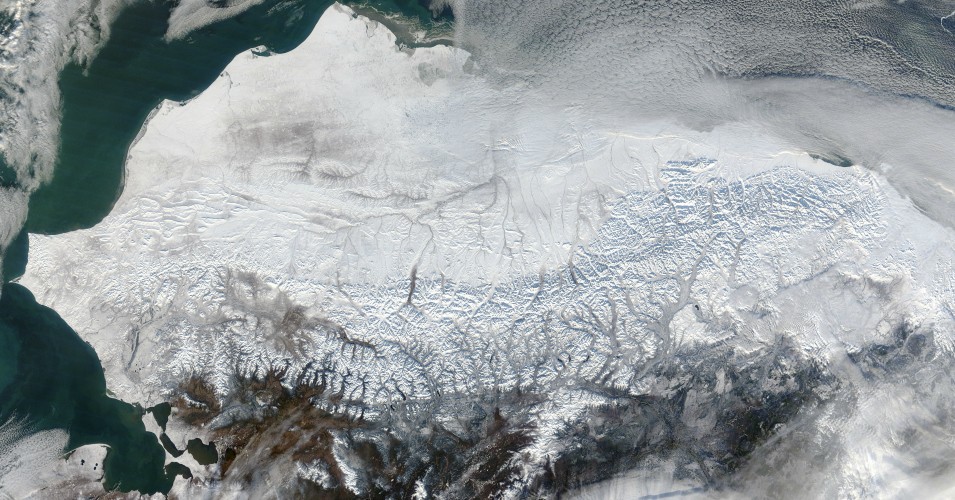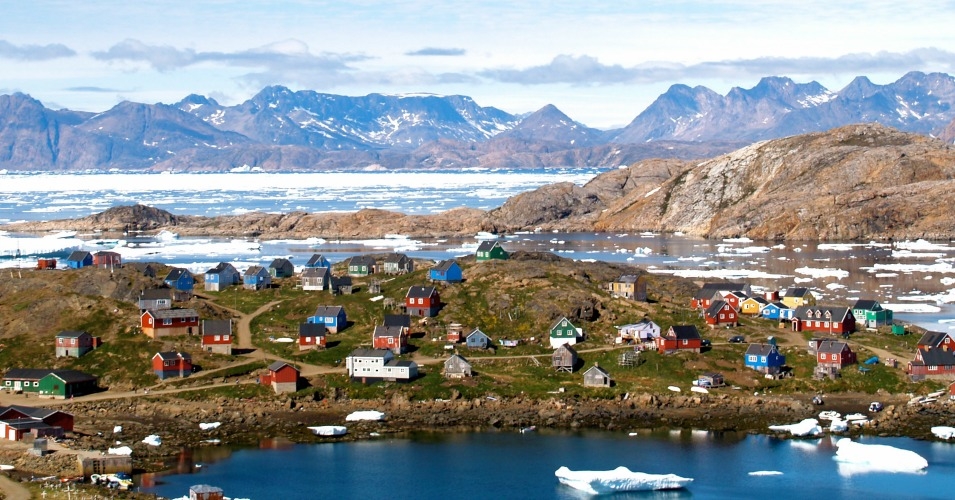Describing scientists’ latest warnings as “chilling and compelling,” environmentalists called for “enacting radical policies” that protect marine ecosystems and fully phase out fossil fuels.
By Jessica Corbett, staff writer for Common Dreams. Published 9-25-2019

An iceberg floats in Disko Bay, near Ilulissat, Greenland, on July 24, 2015. (Photo: Saskia Madlener/NASA/Flickr/cc)
A landmark United Nations climate report published Wednesday details the observed and anticipated future impacts of planet-heating emissions from human activity on the world’s oceans and frozen zones—and warns of the emerging consequences for humanity, marine ecosystems, and the global environment.
The Special Report on the Ocean and Cryosphere in a Changing Climate (SROCC) is a product of the Intergovernmental Panel on Climate Change (IPCC), a U.N. body that assesses the latest science related to the human-caused climate crisis. It follows recent IPCC reports on the consequences of 1.5°C of global warming above pre-industrial levels and the necessity of reforming land use practices worldwide. Continue reading




